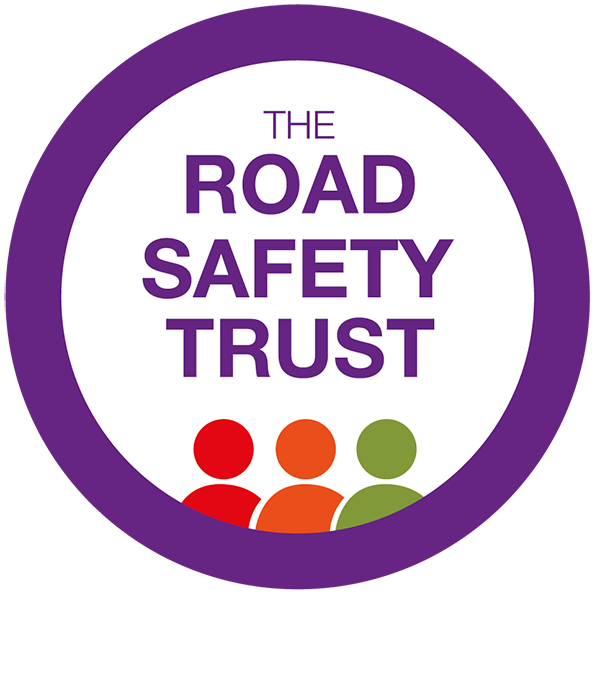Nottingham Trent University
A comparison of Virtual Reality and non-Virtual Reality approaches to hazard perception training and testing: Does a 360 environment provide tangible benefits?
Amount awarded
£99,985
Due to complete
2021
Making roads safer for…
Drivers
Project summary
The project developed hazard tests and training materials presented in VR headsets and on single screens to assess the predicted benefits of 360-degree presentation for hazard perception assessment and training.
Preferences between using naturally recorded 360-in car video clips versus computer generated imagery (CGI) clips were also explored. Participant performance, eye movements, and ratings of perceived utility, comfort, immersion and engagement were studied to identify any possible 360 advantages. Reports of cybersickness were also taken into account in assessing the relative benefits of VR compared to standard screens.
